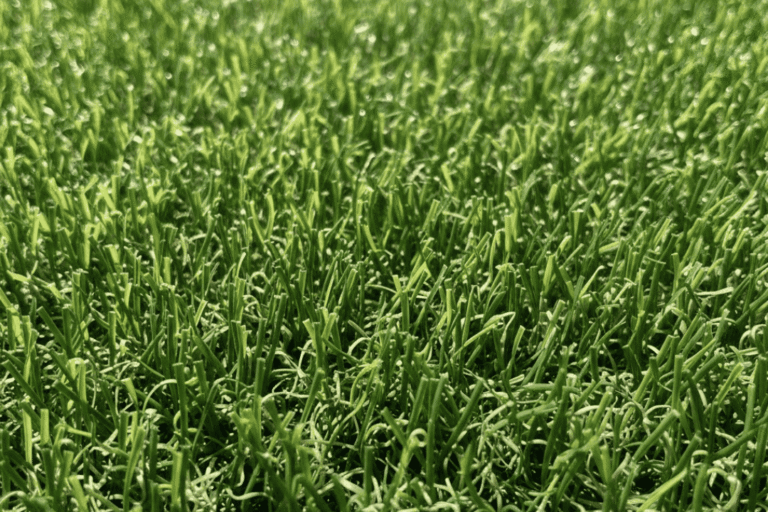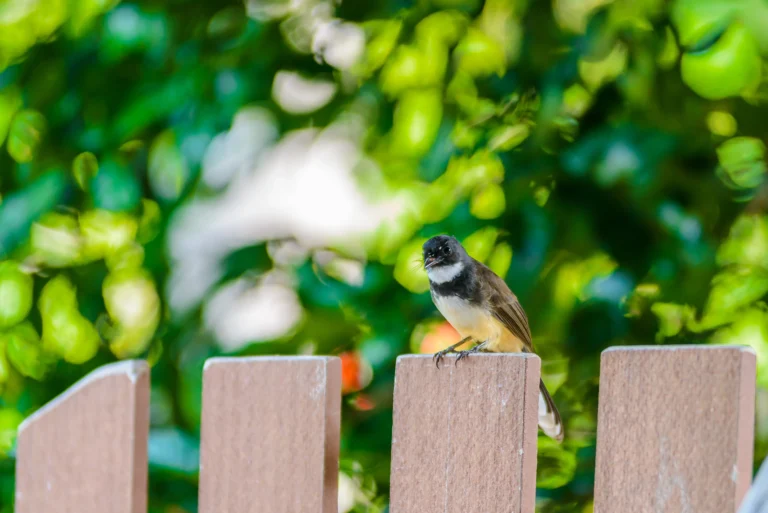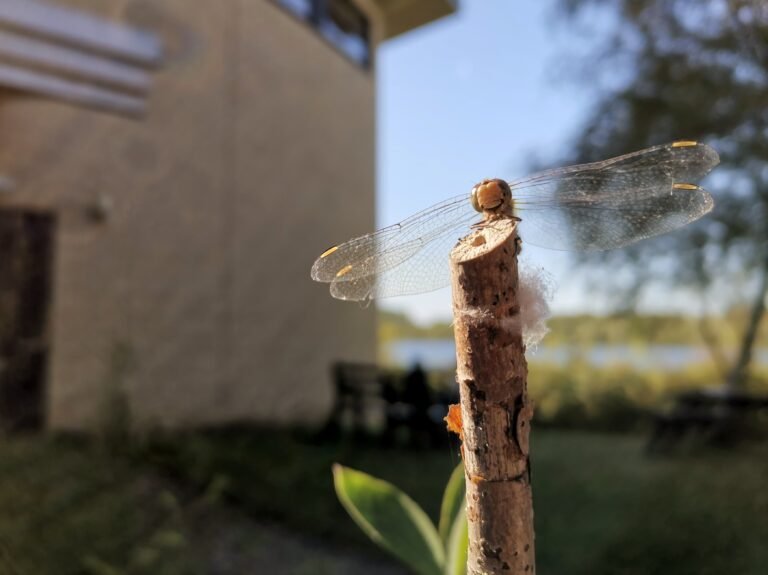What Are Commercial Artificial Turf Solutions and How Do They Work?

Introduction
As sustainability, cost-effectiveness, and curb appeal become increasingly important for businesses, commercial artificial turf solutions are an excellent landscape alternative. Regardless of the commercial industry – including educational institutions, office campuses, retail locations, recreation and sports complexes, and event spaces – artificial turf is positioning itself as a new standard in reshaping outdoor and indoor spaces.
In the following article, we will discuss what commercial artificial turf solutions are, how they work, and why they are becoming the choice in so many industries.
Understanding Commercial Artificial Turf Solutions
Commercial Artificial Turf Solutions refer to synthetic grass systems that are specially designed for commercial settings. These solutions are tailored to accommodate high-traffic areas while maintaining a lush, green appearance all year round.
These turf systems are composed of synthetic fibers (typically polyethylene, polypropylene, or nylon) that mimic the look and feel of natural grass. They are often combined with an infill layer made of sand, rubber, or organic materials that helps support the turf blades and improve durability and comfort.
Where Are They Used?
- Corporate and retail landscapes
- Rooftop lounges and hotel terraces
- Sports fields and fitness centers
- Schoolyards and playgrounds
- Outdoor event venues
How Do Commercial Artificial Turf Solutions Work?
At its core, artificial turf functions as a multi-layered system designed to provide long-lasting performance, aesthetics, and drainage. Here’s a breakdown of its construction:
1. Base Preparation
The existing surface (usually soil or concrete) is graded, compacted, and often fitted with a sub-base material like crushed stone for stability and drainage.
2. Drainage Layer
Proper drainage is critical. Many turf systems include perforated backing or a geotextile fabric to prevent waterlogging.
3. Turf Installation
The synthetic grass is rolled out, trimmed to fit the area, and joined with adhesive or seam tape.
4. Infill Application
This layer ensures the turf blades stay upright and gives a cushioned feel underfoot. Common infill options include sand, rubber pellets, or silica granules.
Key Benefits of Commercial Artificial Turf Solutions
Commercial artificial turf isn’t just a visual upgrade it delivers measurable business benefits.
1. Low Maintenance
No mowing, fertilizing, or watering. Turf remains consistently green and pristine with minimal upkeep.
2. Long-Term Cost Savings
While the initial investment might be higher, the reduction in water bills, landscaping labor, and chemical use makes turf a cost-efficient solution over time.
3. Eco-Friendly Landscaping
No pesticides, no emissions from lawn equipment, and significantly reduced water use.
4. Year-Round Usability
Artificial turf doesn’t suffer from seasonal browning or muddy patches, making it perfect for consistent outdoor experiences.
5. Safety and Cleanliness
Modern turf is designed to be non-toxic, antimicrobial, and even cushioned to reduce injuries in playgrounds or fitness areas.
Choosing the Right Commercial Turf System
Not all turf systems are the same. Choosing the right product for your commercial space depends on:
- Foot traffic levels
- Climate conditions
- Purpose (aesthetic vs. functional)
- Budget constraints
It’s recommended to work with professional turf installers like Pave N Turf to assess your needs and select the best fit.
Common Misconceptions About Commercial Artificial Turf
“It Looks Fake”
Thanks to advances in fiber technology, artificial turf now closely resembles natural grass—with multi-tone fibers and realistic textures.
“It Gets Too Hot”
While turf can retain heat, many new solutions include cooling infills or heat-reflective materials.
“It’s Not Eco-Friendly”
While synthetic materials are used, the long-term savings in water and chemical use outweigh the environmental cost of production.
Future Trends in Commercial Artificial Turf Solutions
As innovation continues, expect to see:
- Smart turf with built-in sensors for maintenance alerts
- More sustainable turf made from recycled plastics
- Integration with rooftop solar systems
Conclusion
Commercial Artificial Turf Solutions offer an impressive blend of functionality, beauty, and sustainability for businesses seeking a long-term landscaping investment. From hotels and schools to sports complexes and corporate campuses, synthetic turf delivers unmatched benefits in both appearance and practicality.
it’s important to highlight that beyond savings and aesthetics, the Benefits of Commercial Artificial Turf Installations include improved safety and environmental responsibility. Moreover, by switching to artificial turf, companies reduce water usage, lower maintenance costs, and elevate their brand’s exterior appeal. As green building and LEED certifications become more common, turf installations play a role in helping businesses meet their environmental goals.
Choosing Pave and Turf means partnering with professionals who understand the balance between design and durability. We specialize in tailored solutions for every commercial need from planning to installation.
Whether you’re looking to enhance your office’s landscape or create a reliable, clean environment for customers and clients, consider the value and Benefits of Commercial Artificial Turf Installations.
FAQ Section
Q1: How long does commercial artificial turf last?
A: On average, commercial artificial turf lasts between 10 to 20 years, depending on the level of foot traffic, exposure to weather, and how well it’s maintained. Regular cleaning and proper upkeep can significantly extend its lifespan and appearance.
Q2: Is it safe for kids and pets?
A: Yes, most high-quality artificial turf products are completely non-toxic and manufactured with safety standards in mind. Many options even include antimicrobial coatings to reduce the spread of bacteria, making them ideal for playgrounds, daycares, and pet-friendly environments.
Q3: Can turf be installed over concrete?
A: Absolutely. With proper base preparation such as shock-absorbing underlays and adhesive bonding, artificial turf can be successfully installed over concrete. This makes it a popular choice for rooftops, patios, and commercial recreational spaces.
Q4: Does artificial turf drain properly?
A: Yes, modern commercial turf systems are designed with built-in drainage solutions like perforated backings and advanced sub-base layers. These features ensure that water drains quickly and efficiently, preventing puddles and maintaining a dry, usable surface even after heavy rain.






